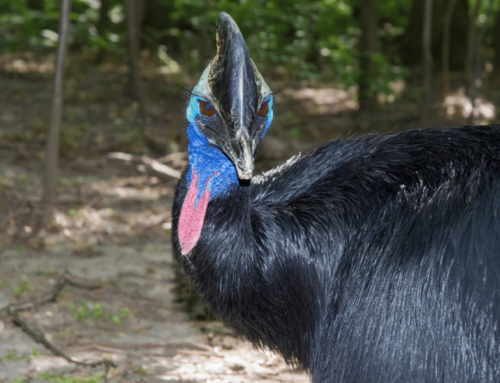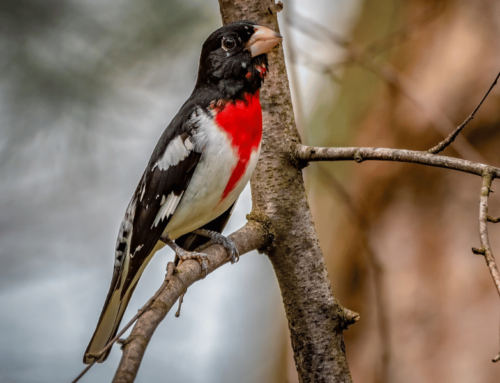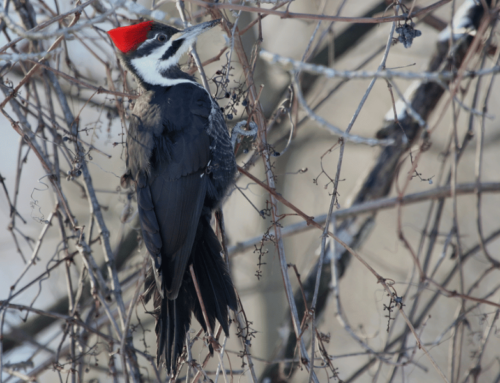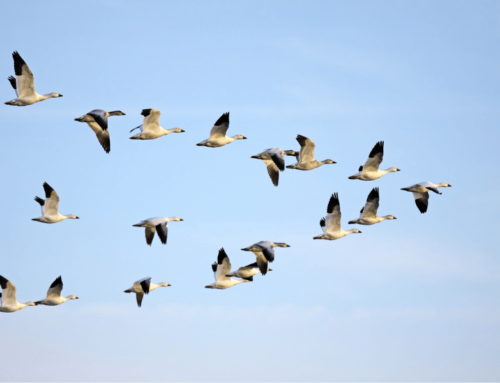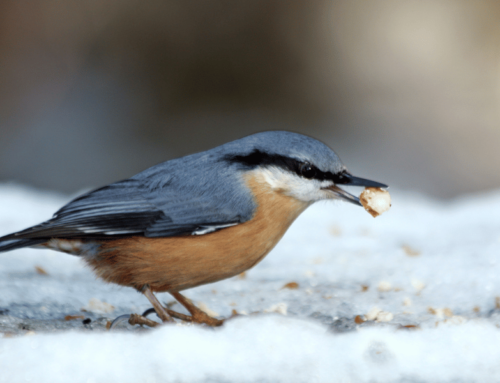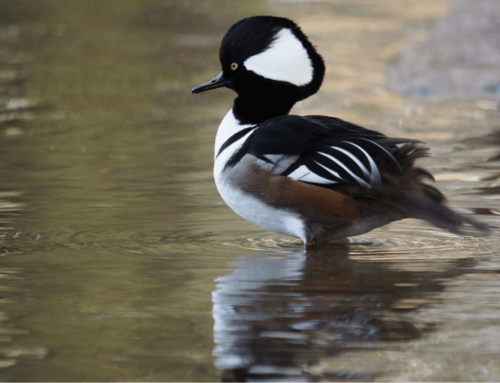Herons are one of the most rewarding birds to see when you go birdwatching. These birdwatching tips will help you recognize and find herons. Among the more well-known herons include Snowy Egrets, Great Bitterns, Great-Blue Herons, White-Faced Herons and the Grey Heron. This blog post will apply to all major groups of herons, including bitterns and egrets.
This blog post is all about birdwatching tips for people looking for herons.
Birdwatching Tips for Finding Herons
1. Background Information:
Before you go birdwatching for herons, let’s take a second to learn about what a heron is.
Herons are a predatory group of birds that are closely related to shoebills, pelicans, ibises and spoonbills. They are not considered “raptors” like hawks and eagles by biologists but they are carnivorous and well-adapted to eating fish. Bitterns and egrets are types of herons and are not a separate group. There are currently 72 recognized species. They are a distinct group from cranes and storks despite convergent evolution causing them to look similar.
Egrets, are not an actual biological group but are named egrets simply because of their white feathers.
Herons can be recognized by their long necks, harpoon-like bills and long legs. Their longer legs allow them to effectively walk through shallow areas of water without getting the rest of their bodies wet. Their long necks, legs and bills make catching fish and other prey easy for them. Herons are designed to rear their necks back, then quickly snatching fish and other prey items before they can escape.
In size they can generally be described as being medium or large when compared to other birds. The smallest species is the dwarf bittern, which only gets up to 15 inches (38 centimeters) in height. The largest being the goliath heron that can reach up to 5 feet (152 centimeters). Only extinct herons were bigger.
Some herons have been identified as among the more intelligent of birds due to their use of tools. The green heron for example, uses bait which it drops in the water to attract fish.
In flight, herons can be recognized by their retracted necks and legs hanging downward, unlike other birds who tuck their legs in and have their necks straightened.
2. Where to Find Them:
Herons have a very widespread distribution. With the exception of Antarctica, the Arctic and the larger deserts in Africa, the Middle East and Australia, herons can be found almost anywhere. Bodies of water with fish will ultimately attract herons looking for something to eat. They don’t hang around in high mountainous areas or anywhere with extreme cold. Generally, herons are more common in warmer, tropical climates.
Wetlands and parks with man-made lakes are some of the most easily accessible places where herons can be commonly seen. Seeing entire flocks of herons at the park is a common sight in warmer areas.
Although large bodies of water like rivers and lakes are great places to look for herons, they are also opportunistic and can be found elsewhere. I have encountered herons wading through smaller puddles after it rains, foraging for any prey that might be present.
Herons don’t only eat fish. Some species have specialized into other dietary niches. For example, cattle egrets are much less dependent on hunting in the water and got their name from their relationship with cattle, which they remove ticks from. Herons also eat small mammals, reptiles and smaller birds.
During migration season, herons will mostly move at night. This means, seeing migrating groups of herons isn’t easy unless you are someone who goes birdwatching at night frequently.
Herons mostly nest in trees near water.
3. Gear and Items to Consider:
Besides the obvious need for binoculars and your camera, there are a few pieces of gear you should consider before going out.
Mud Boots
Since herons are so commonly found near water, a pair of mud boots can make an excellent purchase. Mud boots are waterproof and will allow you to wade into shallow water. If there are herons on the other side of a lake that you want a closer look at, you can walk past the water’s edge and get a closer look.
Insect Repellent:
Herons love wetlands. Wetlands are guaranteed to have flying insects that can ruin your entire trip and send you packing. Adequate insect repellent can easily be found at the nearest grocery store chain. Don’t wreck your trip over something this easy to prevent.
Spotting Scope
With many herons spending lots of time standing and waiting for fish to swim within striking distance, you’ll want something that lets you watch them that doesn’t need to be held up. A good spotting scope will let you zoom in on a heron, hands-free, unlike when you use your binoculars.
Weatherproof Notebook
If you’re someone who journals or uses a notebook during your birdwatching trips, I suggest getting a weatherproof notebook. Maybe you’re someone who is clumsy and never drop anything, but most people are not. You wouldn’t want to drop a notebook with tons of writing in it. Especially since you are likely going to spend most of your heron watching time near water and wet ground.
Before going out, test your pen on the weatherproof notebook to make sure that it’s compatible. Not all pens will work on these notebooks.
4. Other Birdwatching Tips for Herons:
Herons can remain still for long periods of time.
Some species of heron can be observed not moving at all such as the Black-Crowned Night Heron. This species will stand at the water’s edge, waiting for fish to swim close enough for them to catch. When a heron does this and is camouflaged, it might be difficult to see them. If you don’t see any herons on or around a body of water, this doesn’t mean that they’re not there. Try looking closely at areas near the water’s edge. It’s possible you’ll see a heron remaining still, waiting for the right opportunity to snatch prey from the water.
Some herons, like the Great Blue Heron, are less vocal on average than the average bird. This is especially true during hunting, when they are doing all they can to remain undetected.
Remaining still and quiet for long stretches of time means you could miss seeing a heron, even a large one, if you are too hasty when looking for them.
Not generally nocturnal or diurnal
As a group, herons are not reliably nocturnal, diurnal or crepuscular. This can be contrasted to a group like owls, where the vast majority of owls are nocturnal. The Yellow-crowned night heron for example, is active during the day and night. The Goliath heron is diurnal and the Black-crowned night heron is crepuscular.
Therefore, if you’re not looking for any individual species of heron, you can see active herons at any time of day.
5. Species Highlight:
All herons are interesting for different reasons but here are a few interesting species that can make for a fulfilling trip for birdwatchers.
Great Bittern
This is an interesting bird to watch as its call is one of the closest bird calls that we know of to extinct theropod dinosaurs. Listening to the calls of this bird will give you a window into the sounds of the late Cretaceous, when the velociraptor and T-Rex were still walking around.
Many paleontologists believe that the T-rex used closed-mouth vocalization and didn’t roar. This means the T-rex emitted a loud but low-pitched rumbling instead of what you’ve heard from Jurassic Park. Therefore, this bird’s call is closer to the call of extinct theropods than other birds. The following video shows a male great bittern vocalizing:
Boat-Billed Heron
The boat-billed heron has the most unique bill among all heron species. As you can guess from its name, its bill resembles a boat in its shape. This species doesn’t look like an obvious type of heron and could be mistaken for a different type of bird altogether. It can be found in the lower half of Mexico to the southeastern areas of Brazil.
Besides the unusual bill shape, the boat-billed heron also have prominent crests. The crests are larger in the males, meaning that it’s likely used for attracting mates.
The boat-shaped bill is used for hunting, as they use their bills to scoop prey from the water.

Yellow-Crowned Night Heron
This is a really cool species of heron. Its appearance is unique with yellow on the top of its head, a white stripe across its cheek and the the rest of its plumage being grey/blue. Unlike the vast majority of other herons, the black-crowned night heron prefers crustaceans over fish. In particular, they eat a lot of crabs, including fiddler crabs and blue crabs. As mentioned before, not all herons primarily eat fish. The Yellow-crowned night heron is a notable exception.
This heron can be found in the Americas, along the east coast of the United States, the coasts of Mexico and along the east coast of South America.

Conclusion:
The birdwatching tips in this blog post will help you find and watch herons. There are lots of different herons to see all over the world. They are one of the most fun groups of birds to observe in the wild. Find out which herons are native to your area and go out and find them!
